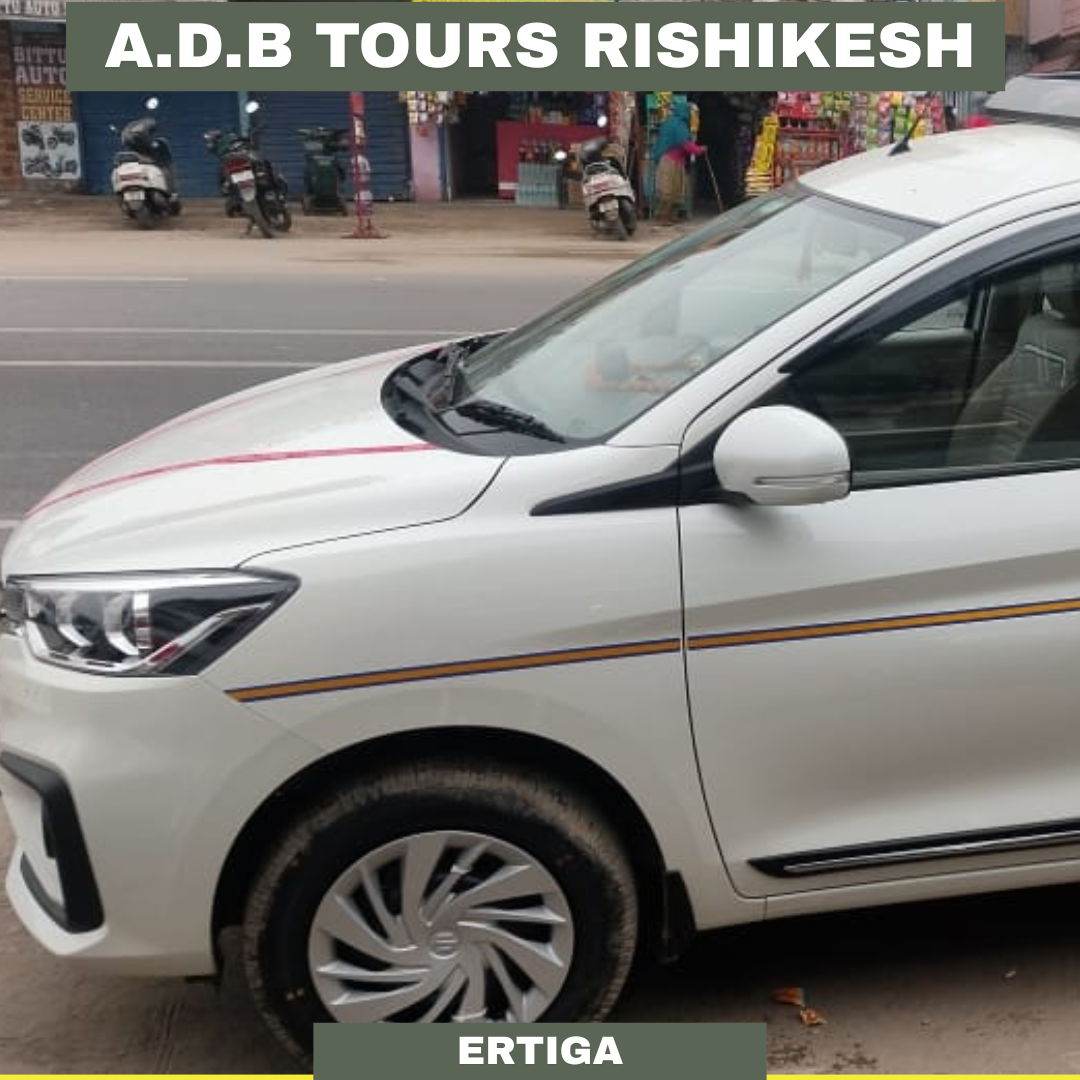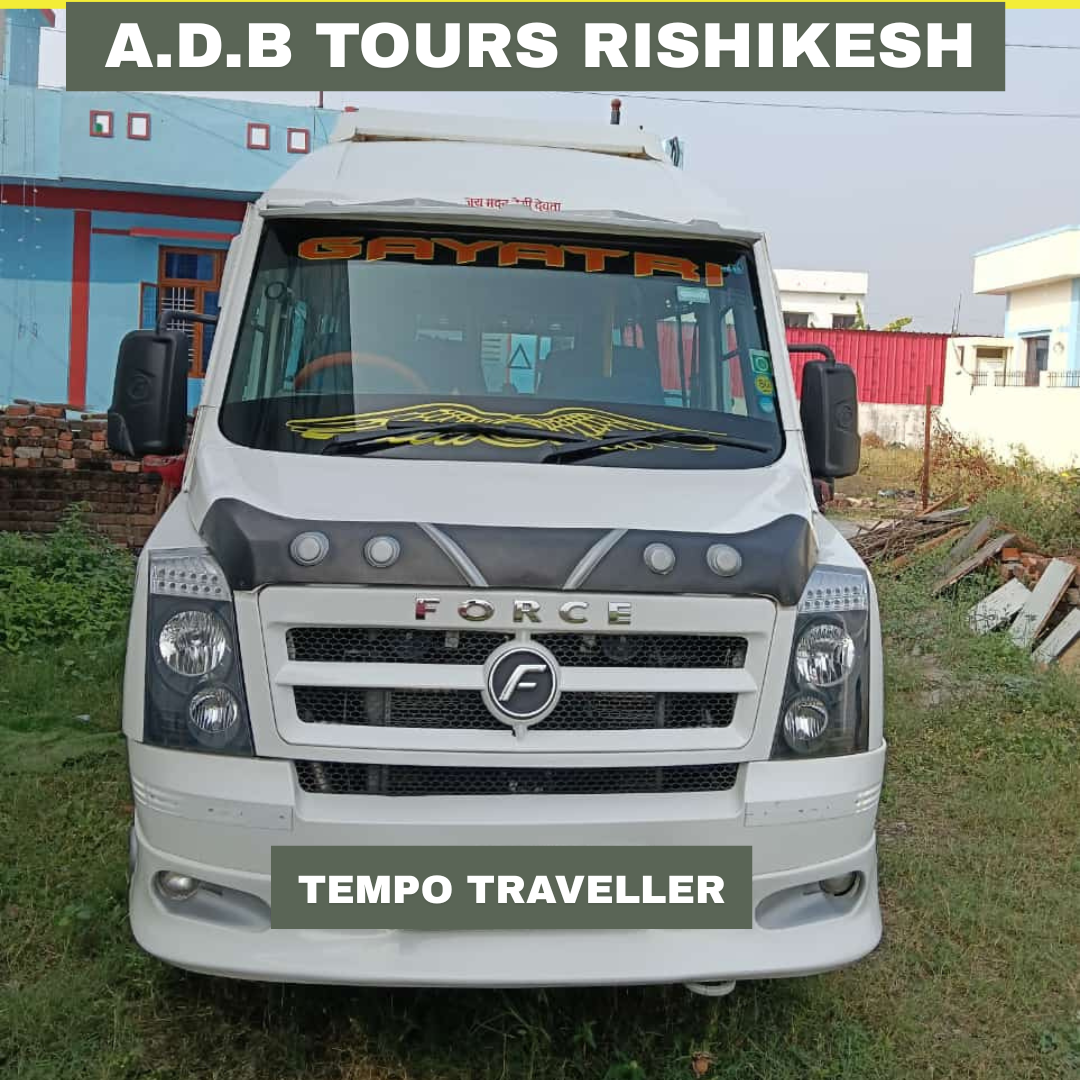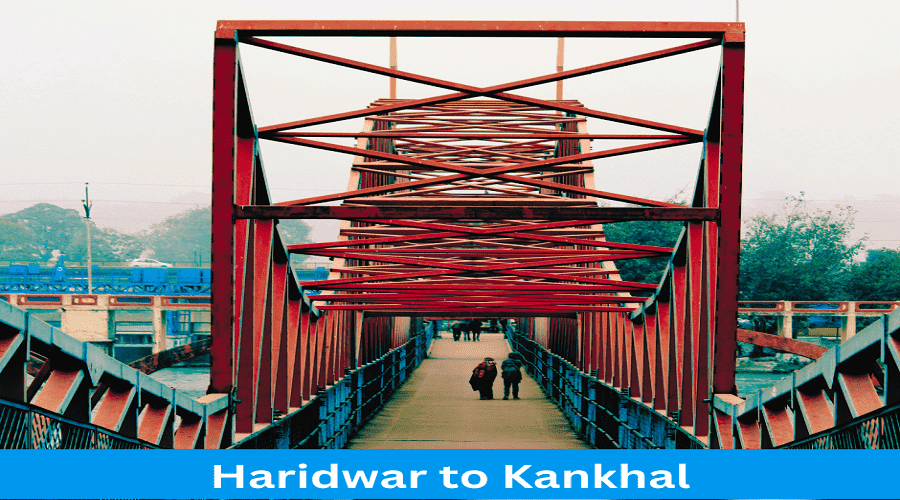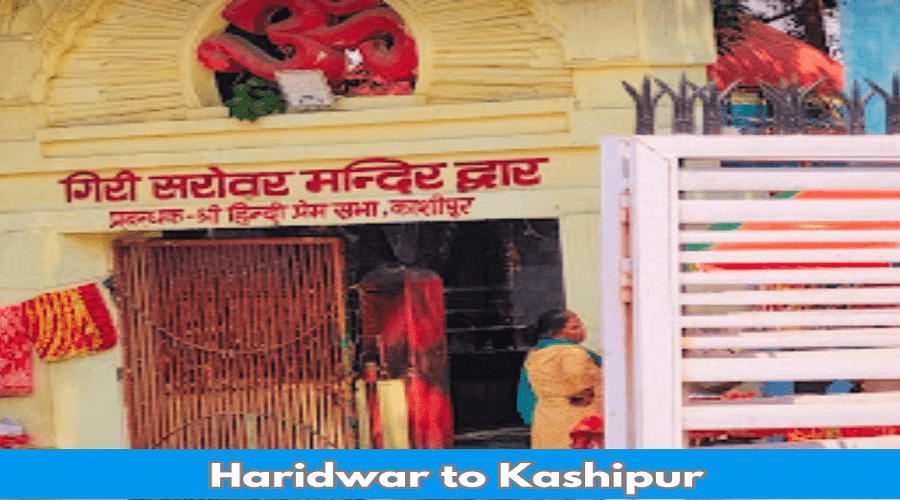Table of Contents
Toggle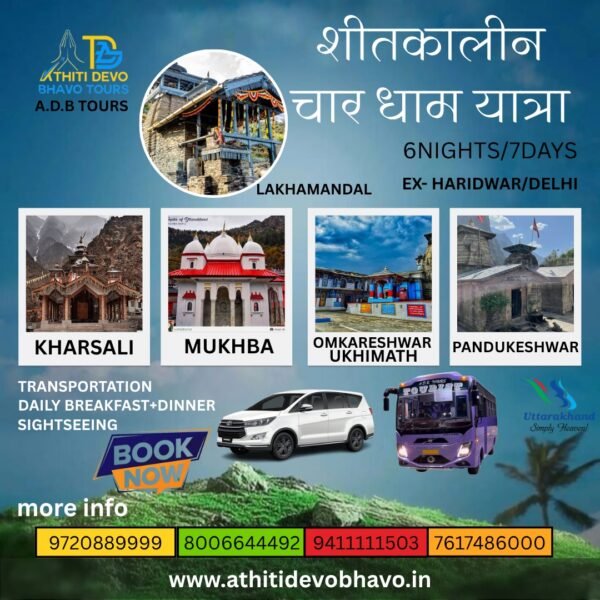







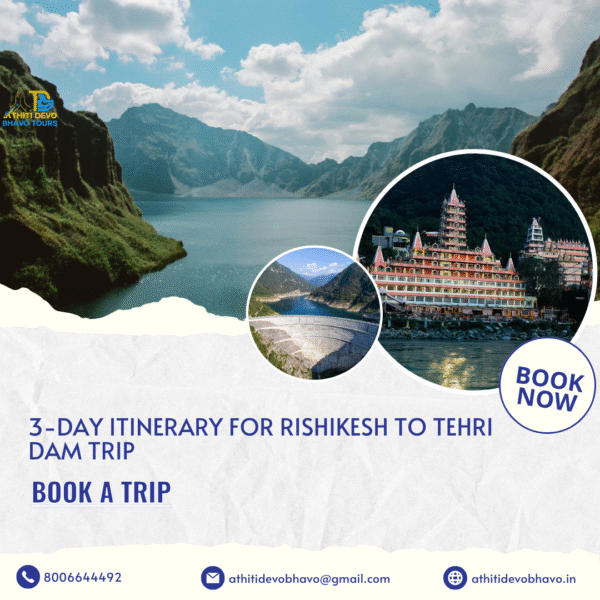




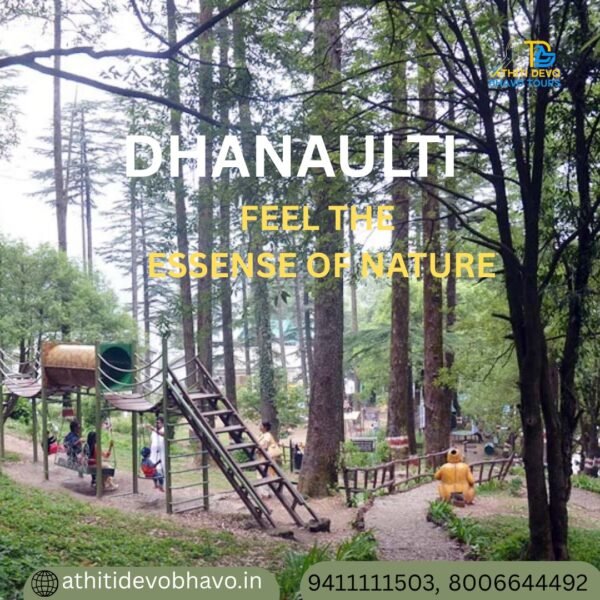
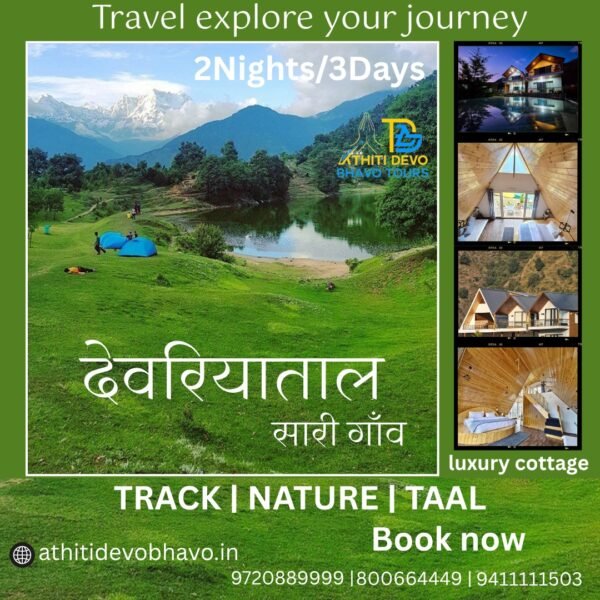



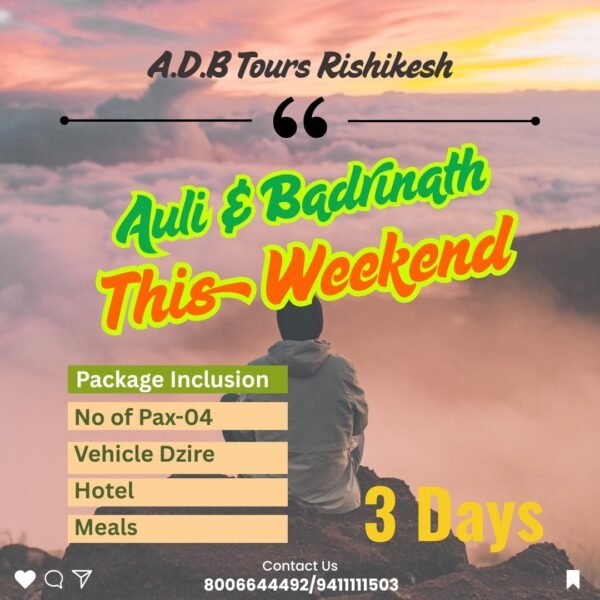
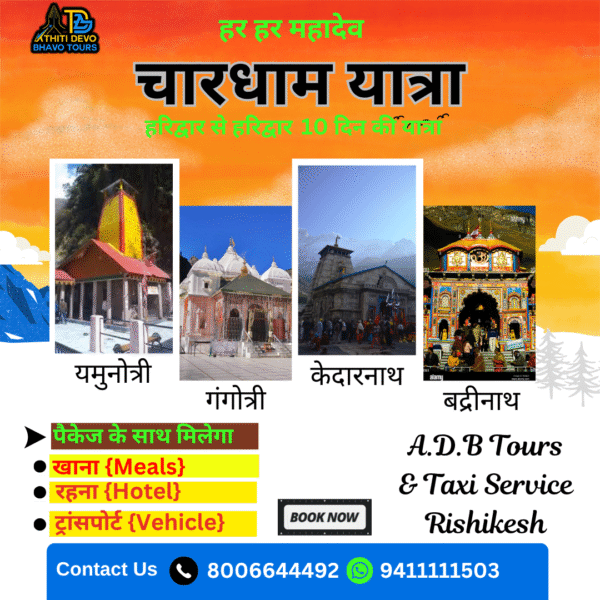
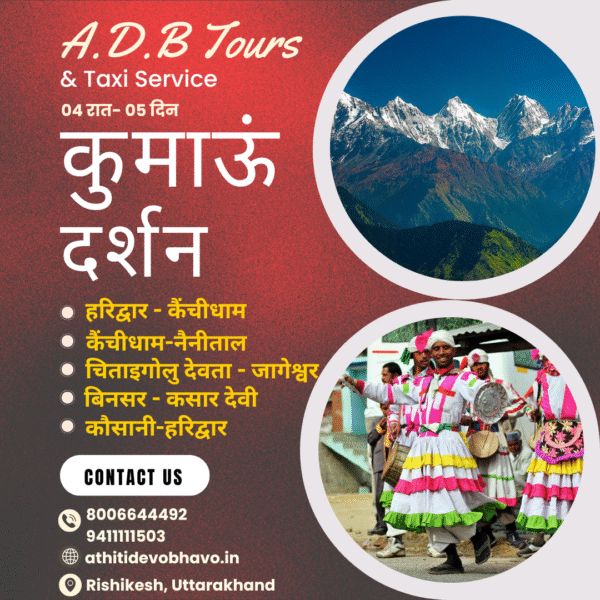


Haridwar and Dhari Devi are two of the most revered destinations in the Indian state of Uttarakhand. Haridwar, known as the “Gateway to the Gods,” is a prominent pilgrimage site for Hindus, while Dhari Devi is famed for the Dhari Devi Temple, which houses the deity Dhari Devi, a manifestation of the goddess Kali. The journey from Haridwar to Dhari Devi is a journey not only of the mind but also of the heart that offers breathtaking views, cultural richness, and an experience of the serene beauty of the Garhwal Himalayas.
Haridwar to Dhari Devi Distance

The distance from Haridwar to Dhari Devi is approximately 130 kilometers. The travel time can vary depending on the mode of transportation and the route taken. On average, it takes about 4 to 5 hours to cover this distance by road. The journey involves traversing through the scenic landscapes of Uttarakhand, with winding roads that offer mesmerizing views of the hills and valleys.
Routes to Dhari Devi from Haridwar
Route 1: Haridwar – Rishikesh – Devprayag – Srinagar – Dhari Devi
This is the most popular and direct route to reach Dhari Devi from Haridwar. The route is as follows:
1. Haridwar to Rishikesh: A short drive of around 20 kilometers takes you to Rishikesh, known for its yoga centers and the iconic Laxman Jhula.
2. Rishikesh to Devprayag: From Rishikesh, drive for about 70 kilometers to reach Devprayag, the confluence of the Alaknanda and Bhagirathi rivers, forming the holy Ganges.
3. Devprayag to Srinagar: Continue on NH58 for another 34 kilometers to reach Srinagar, a major town in the Garhwal region.
4. Srinagar to Dhari Devi: From Srinagar, Dhari Devi is just 6 kilometers away, located on the banks of the Alaknanda River.
Route 2: Haridwar – Rishikesh – Chamba – Tehri – Srinagar – Dhari Devi
An alternative route, slightly longer but equally scenic:
1. Haridwar to Rishikesh: As mentioned earlier, a quick drive of 20 kilometers.
2. Rishikesh to Chamba: Drive for about 60 kilometers to reach Chamba, a quaint hill station.
3. Chamba to Tehri: From Chamba, head towards Tehri, approximately 30 kilometers away, known for the Tehri Dam.
4. Tehri to Srinagar: Continue for 50 kilometers to reach Srinagar.
5. Srinagar to Dhari Devi: The final 6 kilometers to Dhari Devi.
A.D.B Tours – Your Trusted Taxi Partner in Rishikesh
The distance from Haridwar to Dhari Devi is approximately 130 kilometers. The travel time can vary depending on the mode of transportation and the route taken. On average, it takes about 4 to 5 hours to cover this distance by road. The journey involves traversing through the scenic landscapes of Uttarakhand, with winding roads that offer mesmerizing views of the hills and valleys.
Why Choose A.D.B Tours Rishikesh Taxi Services?
✅ 24/7 Taxi Availability for local sightseeing and outstation trips
✅ Experienced and Polite Drivers familiar with Rishikesh routes
✅ Well-Maintained, Air-Conditioned Cars for comfort
✅ Affordable Pricing with no hidden charges
✅ Online Booking Available via website and phone
✅ Pick-up & Drop Services from Rishikesh Bus Stand, Railway Station, and Jolly Grant Airport
Haridwar to Dhari Devi Book a Cab
Popular Taxi Routes Offered by A.D.B Tours
1. Haridwar to Dhari Devi
2. Haridwar to Kainchi dham
3. Rishikesh to Mathura
4. Rishikesh to Neelkanth Mahadev Temple Taxi
5. Rishikesh to Kedarnath / Badrinath / Gangotri / Yamunotri Taxi
6. Rishikesh to Haridwar / Dehradun / Mussoorie Taxi
7. Rishikesh Local Sightseeing Taxi Packages
8. Rishikesh to Delhi Airport / Chandigarh Outstation Taxi
To book your taxi, contact A.D.B Tours Rishikesh at:
📞 +91 8006644492
🌐 [athitidevobhavo.in]
Experience comfort, reliability, and personalized service every step of the way.
Benefits of Booking Taxis in Rishikesh with A.D.B Tours
1.Safe & Reliable: Professional drivers with verified backgrounds.
2.Flexible Options: Hourly, full-day, and customized travel plans.
3.Affordable Packages: Budget-friendly for individuals and groups.
4.Tour Assistance: Get travel tips, itinerary planning, and route suggestions.
Best Time to Visit Dhari Devi temple
The best time to visit Dhari Devi is from March to June and September to November. During these months, the weather is pleasant, making the journey comfortable and the sightseeing more enjoyable. The monsoon season (July to August) should be avoided due to the risk of landslides and slippery roads, while the winter months (December to February) can be quite cold and challenging for travel.
Importance of Dhari Devi Temple
The Dhari Devi Temple holds immense religious significance. According to legend, the upper half of the idol of goddess Dhari Devi is here, while the lower half is in Kalimath. It is believed that the goddess changes her appearance three times a day: as a girl in the morning, a woman in the afternoon, and an old lady in the evening. The temple is a must-visit for devotees and tourists alike, offering a serene environment and a sense of spiritual tranquility.
Travel Tips
Accommodation
While there are limited accommodation options in Dhari Devi, nearby Srinagar offers a range of hotels and guesthouses to suit various budgets. For a more immersive experience, consider staying in a riverside lodge or a traditional homestay.
Food and Dining
Local eateries and dhabas along the route serve traditional Garhwali cuisine, which is a must-try. In Srinagar, you can find more diverse dining options, including vegetarian and non-vegetarian dishes. Make sure to try local delicacies like Aloo Ke Gutke, Kafuli, and Phaanu.
Transportation option to Dhari Devi Temple
1. By Car: Hiring a private taxi or driving your own vehicle is the most convenient way to travel from Haridwar to Dhari Devi. It allows you to stop at various points of interest along the way.
2. By Bus: State-run and private buses ply between Haridwar and Srinagar. From Srinagar, you can hire a local taxi to reach Dhari Devi.
3. By Train: The nearest railway station to Dhari Devi is in Rishikesh. From there, you can hire a taxi or take a bus.
Transportation option to Dhari Devi Temple
The taxi fare from Haridwar to Dhari Devi can vary based on factors such as the type of taxi, time of year, and demand. On average, a one-way trip in a standard taxi (sedan) could cost between INR 3,000 to INR 5,000. For larger vehicles like SUVs, the fare might be slightly higher, ranging from INR 4,000 to INR 6,000. It’s always a good idea to check with multiple taxi providers and possibly negotiate the fare before starting your journey.
Things to Do Along the Way
Visit Rishikesh
Known as the Yoga Capital of the World, Rishikesh offers numerous ashrams, yoga retreats, and adventure activities such as white-water rafting and trekking. The Triveni Ghat and Parmarth Niketan are also popular attractions.
Explore Devprayag
The confluence of the Alaknanda and Bhagirathi rivers in Devprayag is a sight to behold. It is a sacred spot for Hindus and offers beautiful views of the merging rivers.
Explore Srinagar
Srinagar, not to be confused with its namesake in Kashmir, is a serene town in Uttarakhand. Visit the Kamleshwar Mahadev Temple and the HNB Garhwal University campus for a glimpse of local life.
Cultural Insights
The journey from Haridwar to Dhari Devi is steeped in cultural heritage. The region is home to numerous temples, each with its own unique story and significance. Engaging with the locals and participating in the regional festivals can provide a deeper understanding of the vibrant culture of Uttarakhand.
Conclusion
The trip from Haridwar to Dhari Devi is a journey through the heart of Uttarakhand, offering a blend of spiritual enrichment and natural beauty. Whether you are a pilgrim seeking blessings or a traveler looking to explore the scenic landscapes, this journey is sure to leave you with unforgettable memories. The route is well-connected, and the travel experience is enhanced by the picturesque vistas and cultural richness encountered along the way.
Guest Photo Gallery
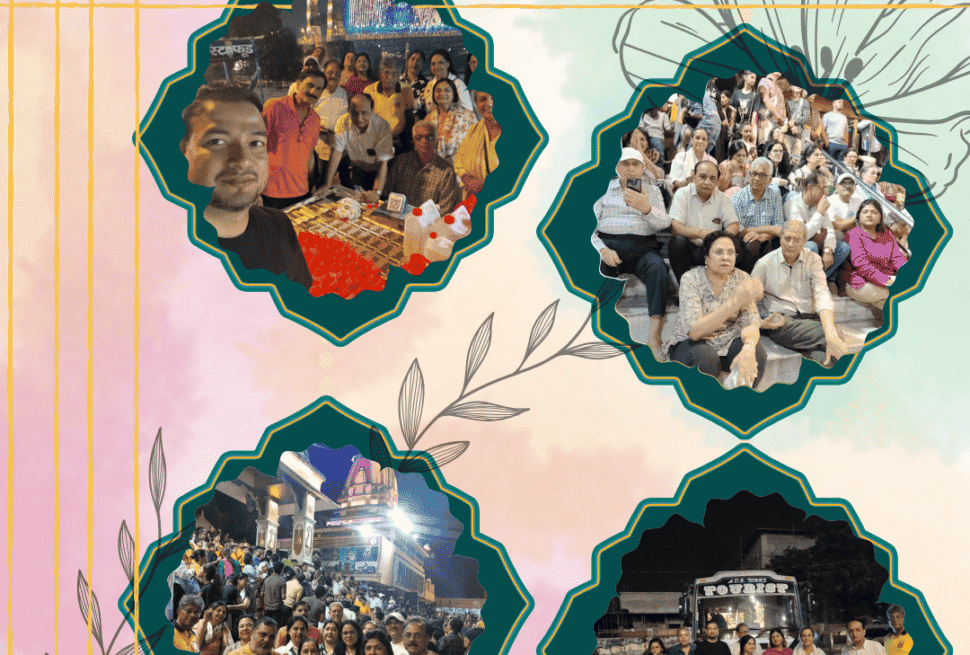
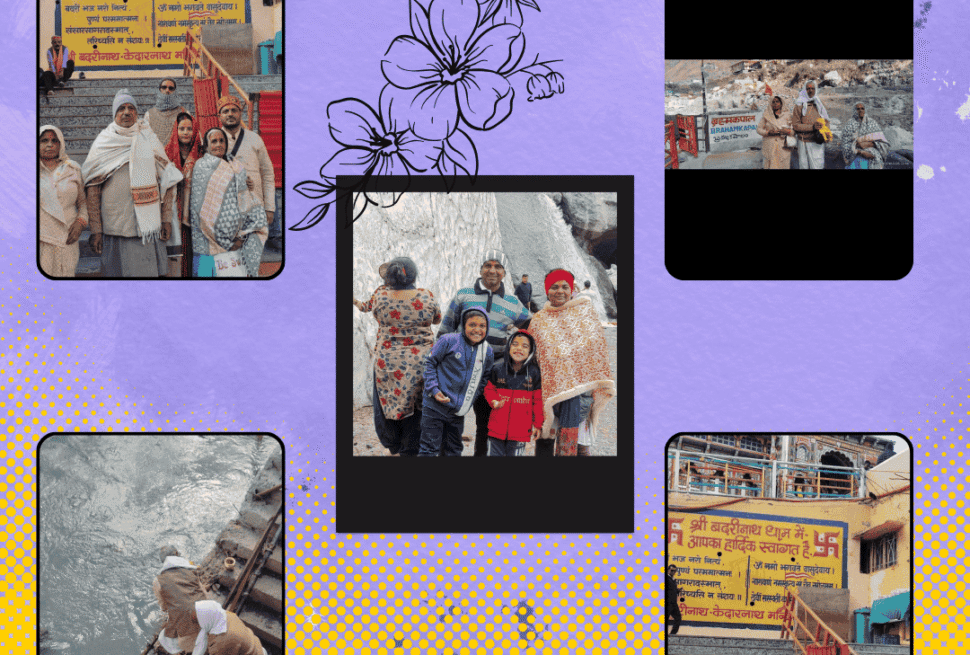
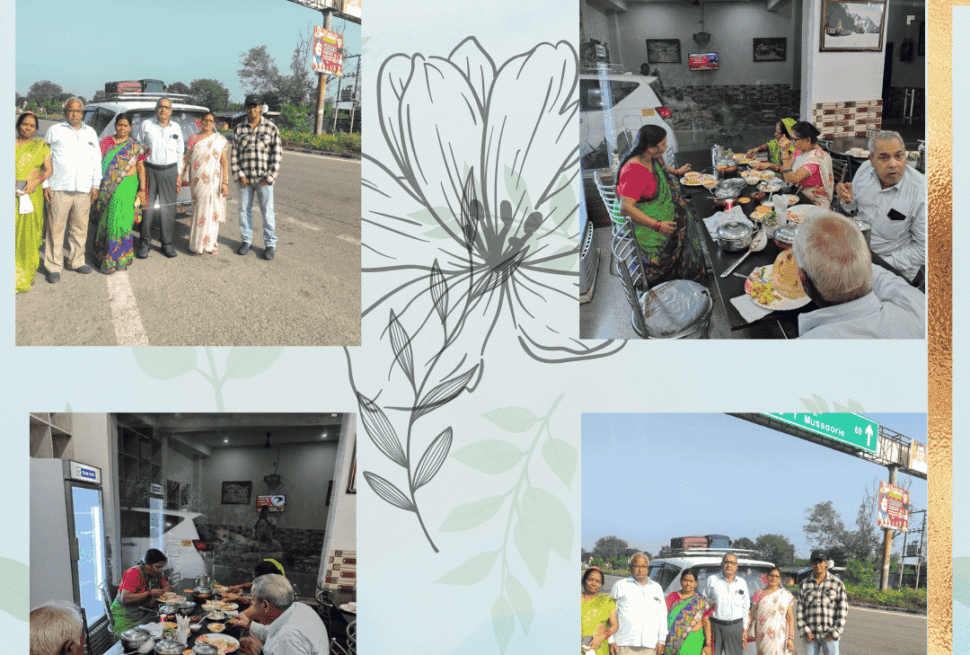
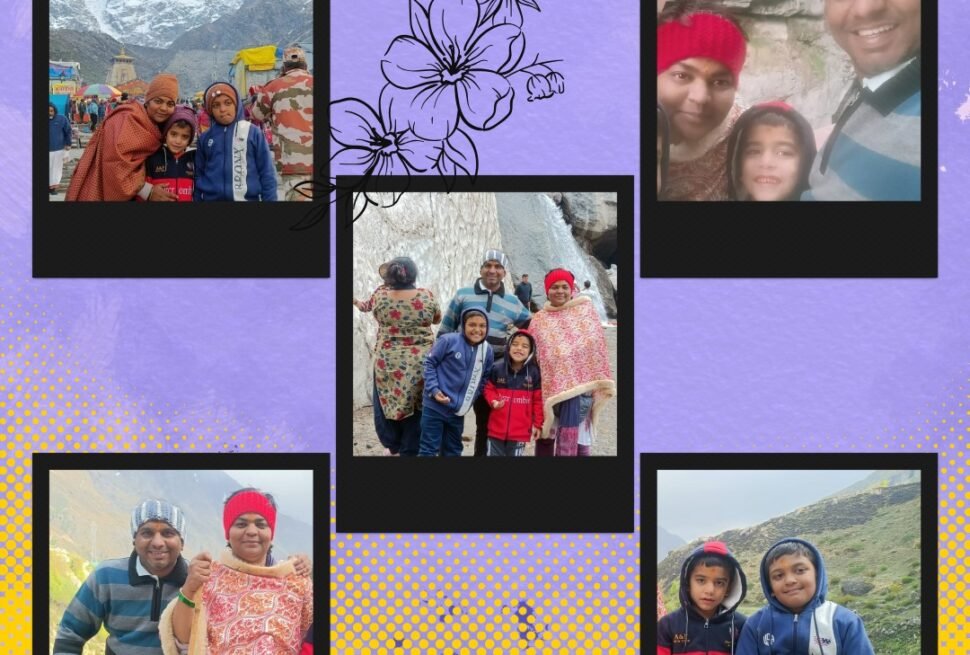
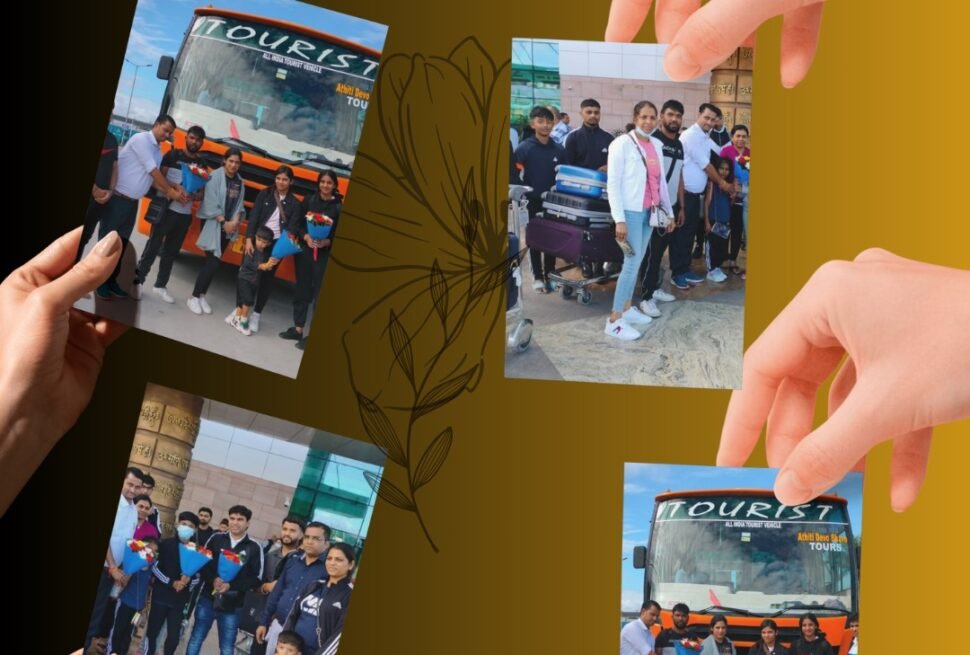

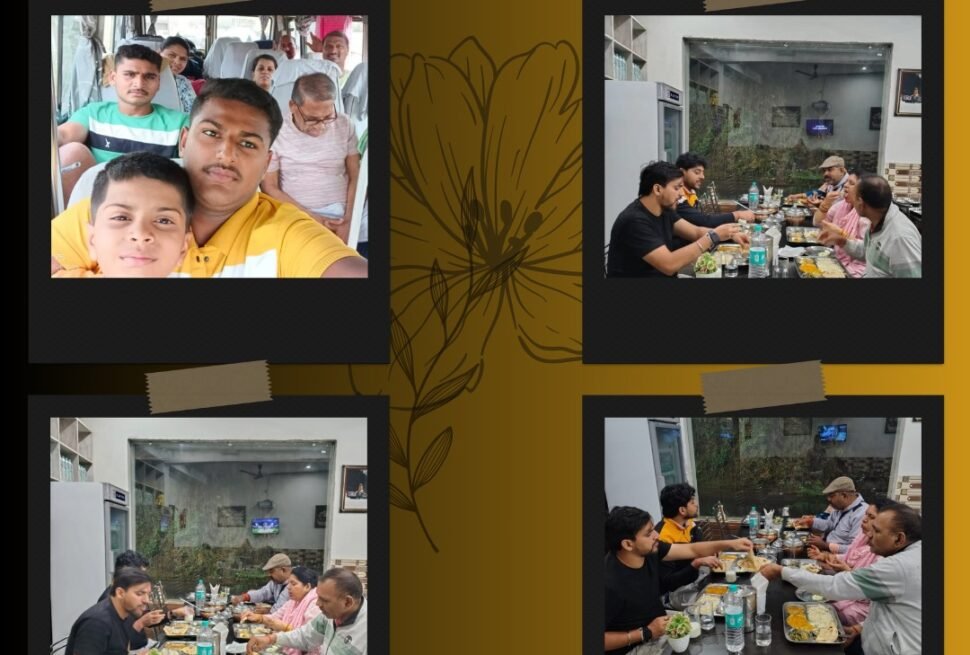
Book 27 seater deluxe AC/Non AC Push back Seat Bus, for Seethkalin chardham yatra, Chardham/Do Dham Yatra or any other Local or Outstation Tour or Marriage party. Call/Whatsapp to 9411111503 A.D.B Tours Rishikesh


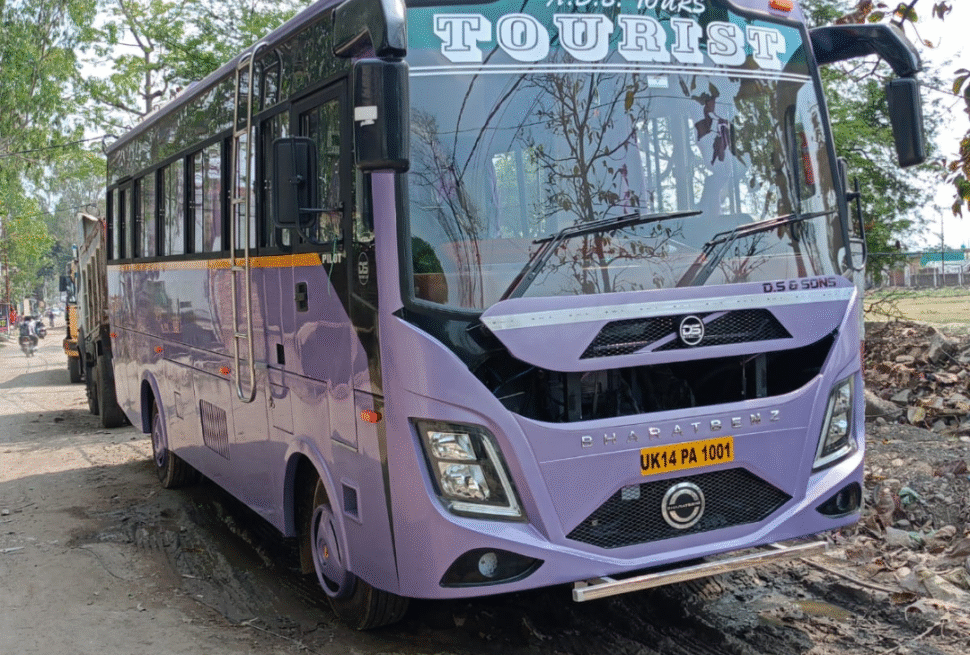
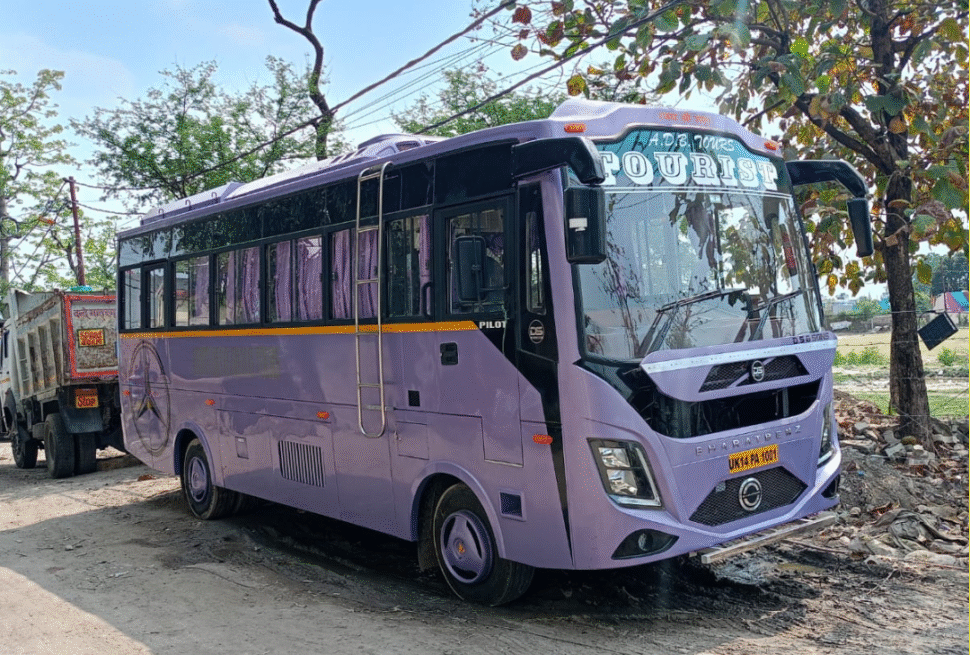
Suggested Tour




